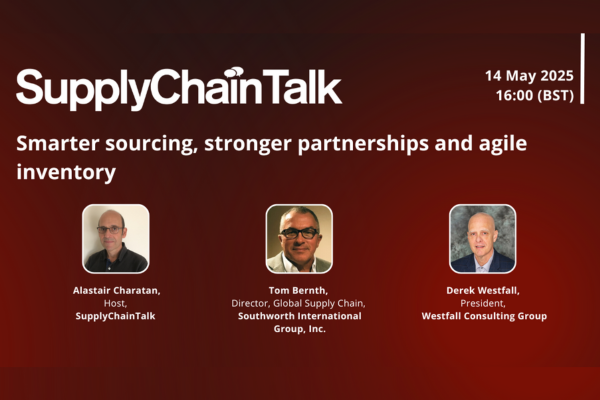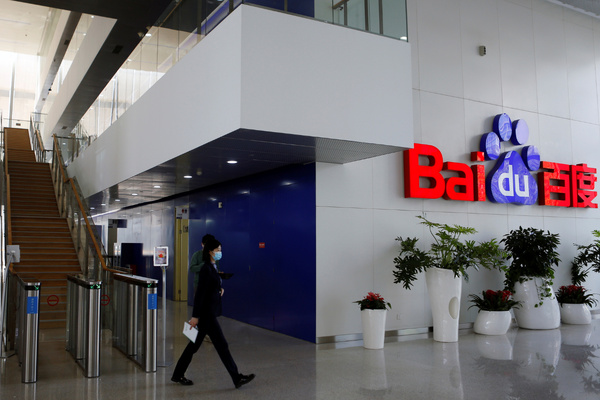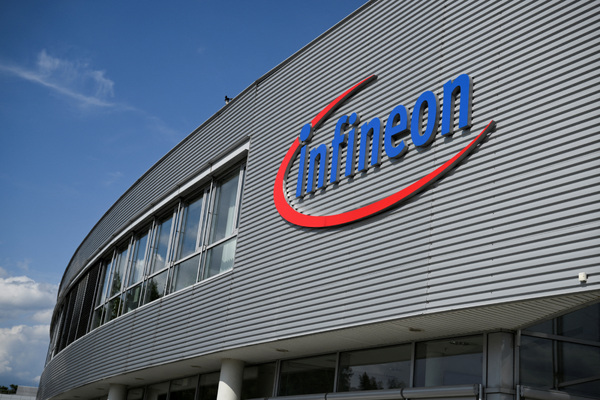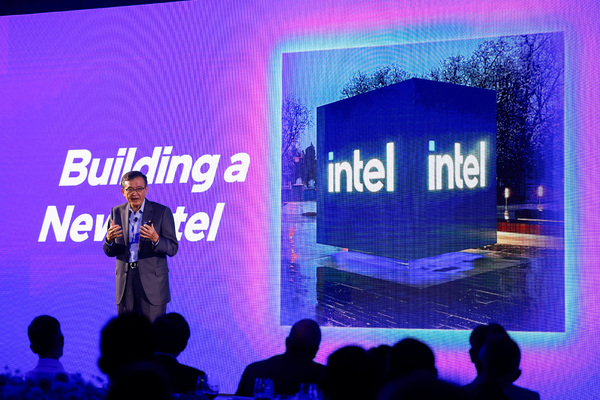Addressing technical debt

Chris Norton at InterSystems UK & Ireland explains why business leaders need to “byte the bullet” on technical debt
One of the hottest topics for many business leaders in 2024 is almost certain to be whether they should consolidate systems and technology stacks to reduce costs and risks.
A principal element in this review is the reduction of technical debt from legacy systems. Technical debt arises from many factors. From under funding computing infrastructure, the gaps that grow over time between user needs and the implemented solution, and knowledge about how systems work when the original experience for the design, implementation, and operation have left or retired. Stories are rife about Cobol developers coming out of retirement to more than double their salaries.
These gaps prevent adaptation or extension of systems to meet new challenges and make maintenance and upgrades increasingly difficult and costly, and even hinder the migration to, or adoption of, novel solutions. This all acts as dead weight and friction that holds back the agility of organisations that want to evolve with customers and transform within or to new markets.
In the UK, it’s the broad and growing software skills shortage that is perhaps causing real difficulties owing to retirement of many employees who understand legacy systems and wide use of low-cost off-shore resources who would rather scrap an existing system and build new.
The gap is not just for software development but also spans the management of the system and environments in which they run. A survey of 500 UK businesses found almost all have talent shortages in technology.
Business models are changing through digitisation as data becomes a prime asset as we move into the era of AI. Businesses need to think about how they harness generative AI and whether the quality of, and way they manage, data meets the challenge. The relative dearth of data talent is making it difficult to wrangle maximum value out of data from inside and outside a business.
And even if they are not planning a major AI implementation, businesses must have fast access to data they can trust for important operations and decisions and to understand their customers to deliver a differentiated and personalised experience.
Technical debt is corrosive
Addressing technical debt is a strategic necessity.
As time rolls forward, managers must find the balance between continuation or replacement of their legacy technology estate. Every merger or acquisition or newly-launched product or service adds to the complexity – a predicament common in banking and financial services. New paradigms of data fabrics and cloud industry platforms with auto adaptive functionality that offer functional composability using no or low code, and GenAI for coding are promising.
But as the industry is moving so fast the danger of deferring or creating new technical debt is an unclear but present danger.
The case for modernisation
Businesses need culture and process modernisation as much as if not more than technology innovation alone. If it is to succeed at modernisation amid a skills shortage, an organisation must prioritise use cases that align with business objectives and deliver tangible ROI. To obtain buy-in from the wider business, it is crucial to demonstrate the current pain-points that modernisation will address – how they will improve efficiency and contribute to the bottom line.
To select the right priorities, businesses should evaluate their existing systems to identify which significantly impede critical operations or customer experience. This involves analysing several factors, including system downtime, maintenance costs, user feedback, and alignment with current business processes and goals.
Systems that frequently crash under pressure, require extensive manual intervention, or cannot integrate with newer technologies are prime candidates for modernisation. By focusing on these areas, businesses improve overall efficiency and customer satisfaction. This targeted approach also allows for better allocation of resources, ensuring that investment delivers maximum impact.
A focus on specific, high-impact areas through a cost-effective project will highlight early wins to a broad range of stakeholders, building momentum and support for ongoing modernisation plans. For instance, upgrading an outdated customer relationship management (CRM) system might directly enhance customer experiences and sales efficiency.
Over-played fears of disruption
Senior leadership teams may have concerns about the scale of modernisation plans and the threats to business continuity from the implementation of innovative technologies. They may believe the flow of critical data across the business is at risk.
Yet these fears should be receding into the past, given advances in data management. A newer approach to modernisation, such as the smart data fabric will work for organisations that want fast access to high quality AI-ready data that is dependable, trusted, and accurate.
This architectural approach underpins modernised systems without the necessity for replacement. The fabric will bring the data together for analysis as required, without disruptive restructuring of the way information is held. Using a smart data fabric, organisations can in parallel to the modernisation programme continue to extract value from their current systems.
Cyber-security and compliance
The search for greater security is the major priority because of the increasing vulnerability of legacy systems to cyber-threats and the devastating consequences of a successful attack. As technology evolves, so do the tactics of cyber-criminals, making it harder to protect legacy systems without another layer of data security that is easy to manage.
By reducing technical debt in this area, organisations significantly lower their risk profile, protect sensitive data, and streamline compliance with regulations. Automating and streamlining reporting through enhanced data management is a major gain in efficiency and compliance, boosting relationships with regulators as well as reducing cost. This is crucial in industries like finance, healthcare, and retail, where data security and privacy are paramount.
Modernisation – the foundation of innovation
While modernisation is a strategic necessity for businesses looking to stay competitive and secure in the digital age, it is also the foundation for more far-reaching innovation in processes, products, and services. Businesses no longer need risk significant upheaval to achieve these aims and harvest these gains.
By modernising their data management, businesses make significant moves towards successfully resolving the challenges of technical debt.
Chris Norton is Managing Director, InterSystems UK & Ireland
Main image courtesy of iStockPhoto.com

Business Reporter Team
Related Articles
Most Viewed
Winston House, 3rd Floor, Units 306-309, 2-4 Dollis Park, London, N3 1HF
23-29 Hendon Lane, London, N3 1RT
020 8349 4363
© 2025, Lyonsdown Limited. Business Reporter® is a registered trademark of Lyonsdown Ltd. VAT registration number: 830519543





